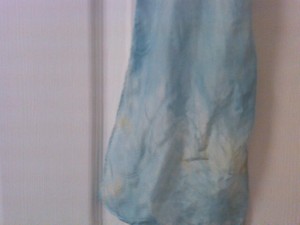Salad has a long history. One source I read claimed that the Greeks and Romans ate mixed greens with dressing.
I have salad recipes in my Queen Elizabeth I and King Richard cookbooks although they also include things like figs and are sweeter than we normally think of salad, which is now seen as more of a healthy food. The recipes from these renaissance cookbooks read more like dessert.
Besides wild greens and the tops of beets and turnips, early American farmers also grew several varieties of lettuce, cucumbers, radishes. What’s missing from the usual American salad? Why, tomatoes. Although now considered Italian, tomatoes are actually, like potatoes, from South America It was brought to Europe by Spain. And, a member of the nightshade family, it was considered a poison. It was not eaten at all during the Colonial period ( and grown as a decorative plant) but by the early 1800s was popular as a food. One story lists Thomas Jefferson as the who began planting and eating tomatoes. He was a passionate gardener who tried new foods but we don’t really know for sure.
But I digress. Cucumbers were frequently used as a salad and I have found old recipes for cucumber salad which usually consists of chopped cucumbers and vinegar.
Other vegetables: artichokes, onions, garlic, parsnips, asparagus and of course things like cabbage were popular. We think of the diet at this time as meat heavy, and it was, but cheese and diary and grains, as well as the vegetables, were also a big part of the diet.
I always mention food in my books. I’m a gardener myself and clearly a foodie – which regular readers of my blog can surely tell. And I find it fascinating to discover what our forefathers ate and didn’t eat. Sometimes it is surprising.

